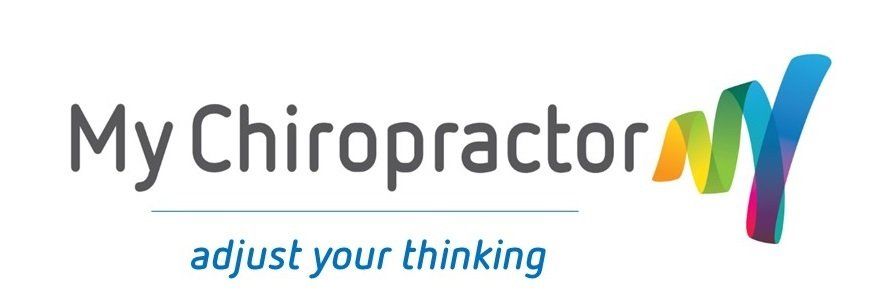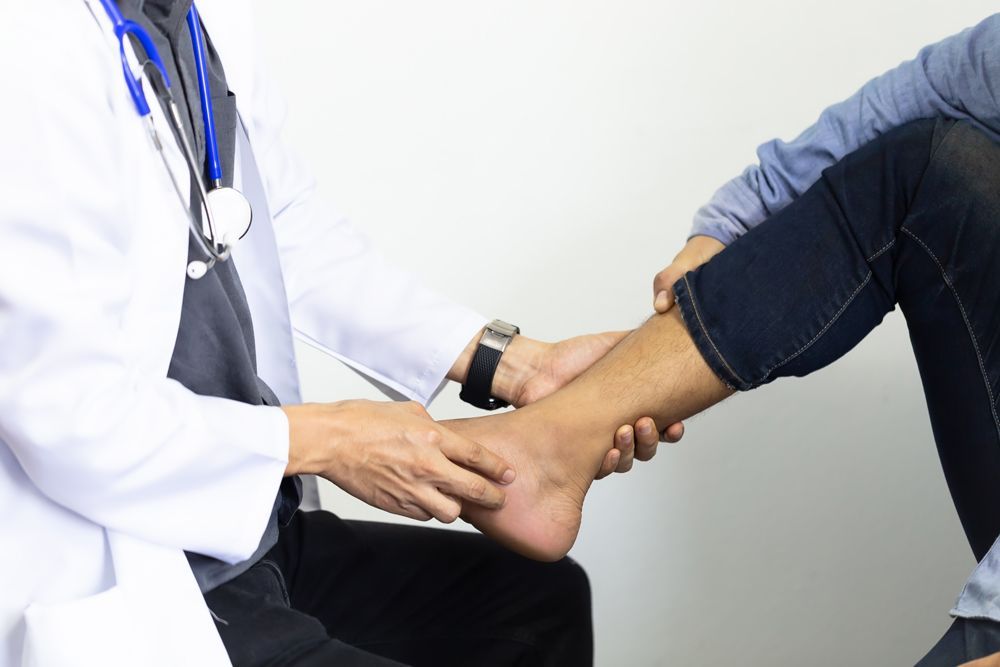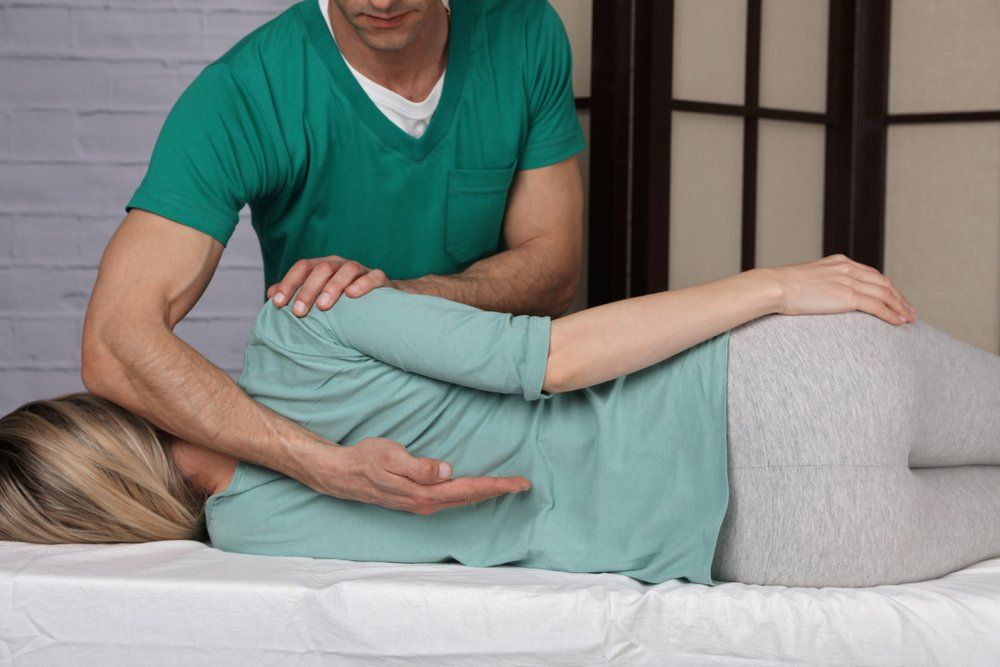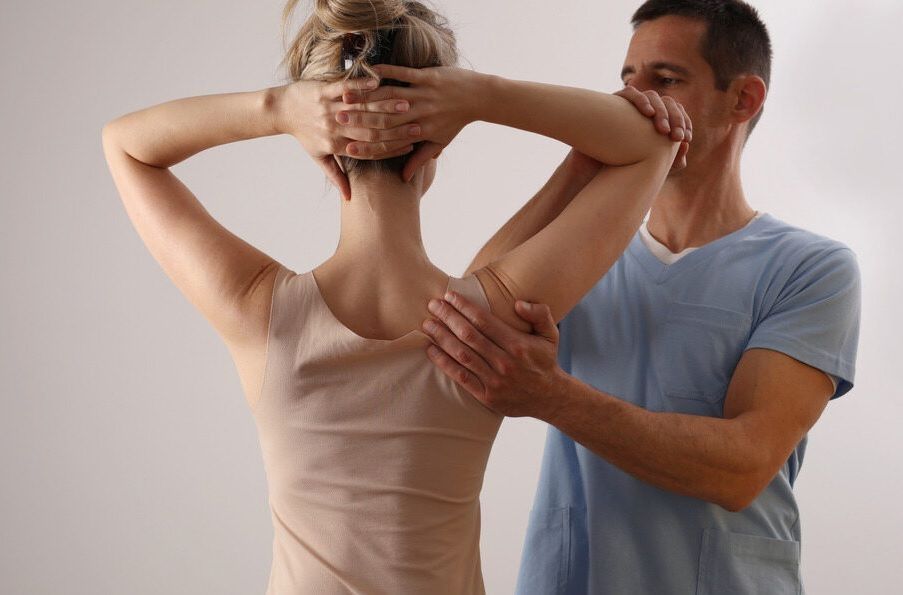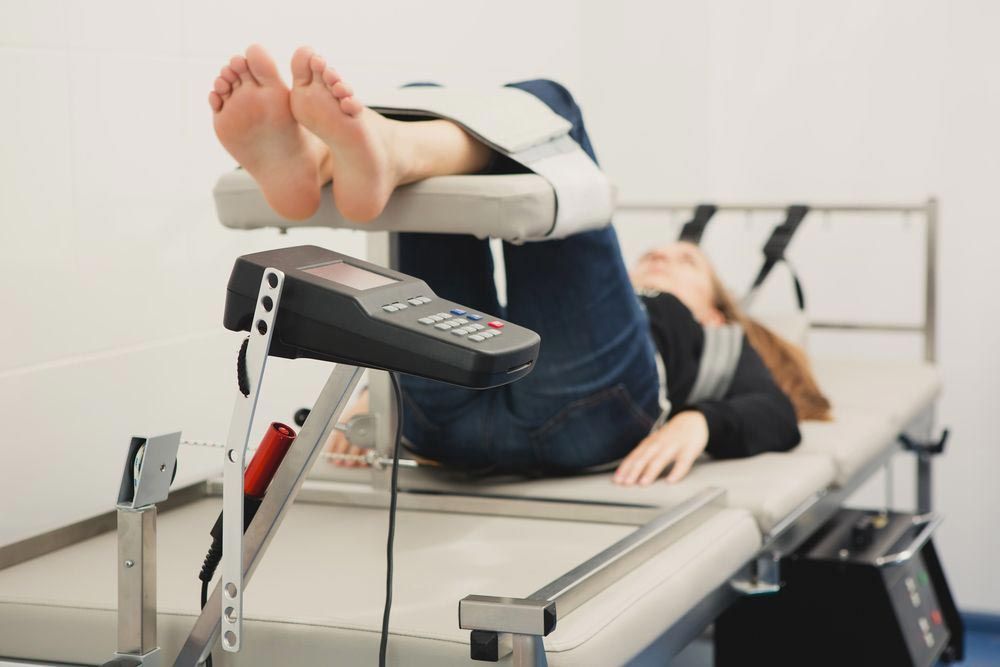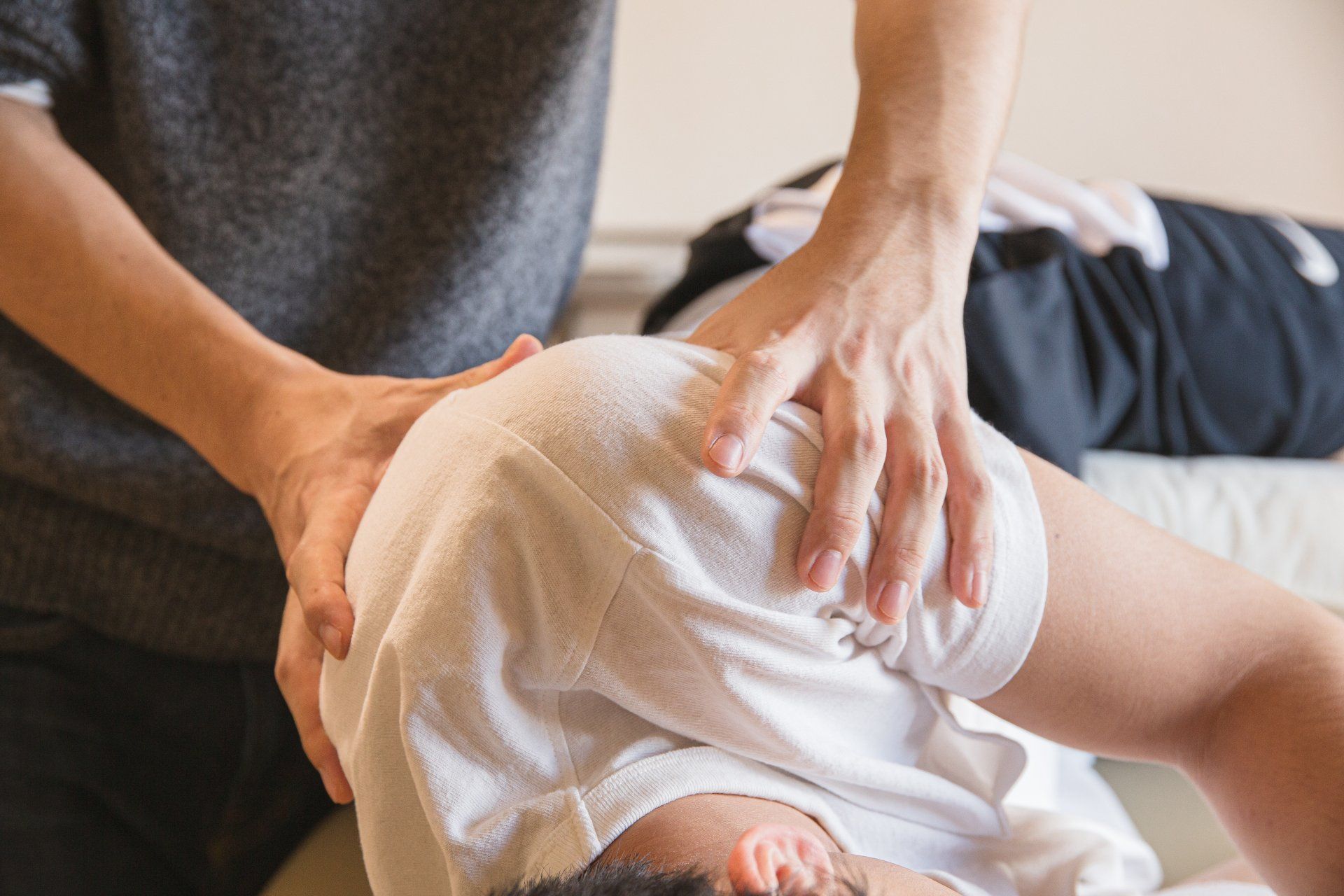How Dry Needling Improves Mobility & Releases Muscle Tension
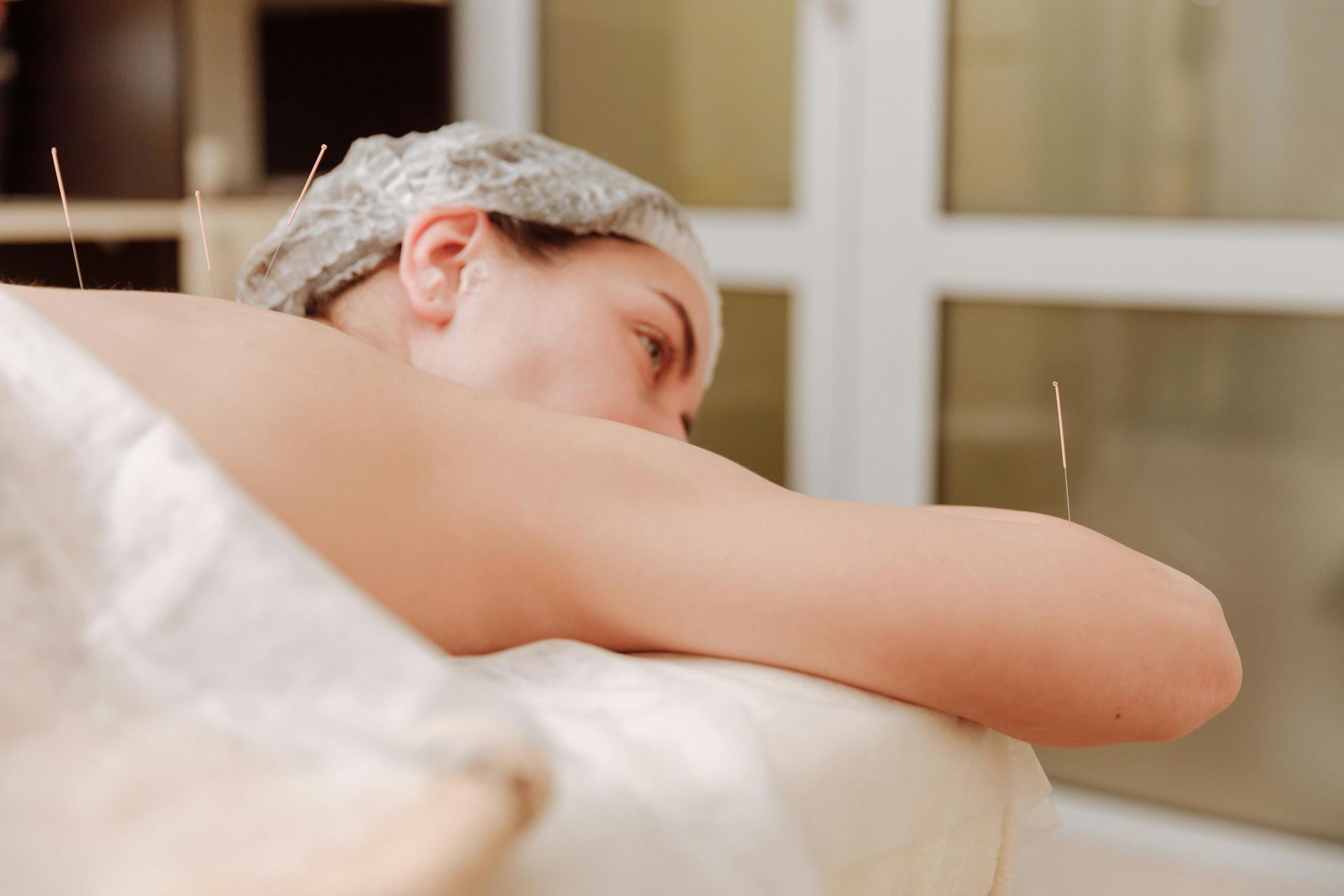
For many people, persistent muscle tightness, limited mobility or unexplained aches have become a regular part of life. Whether you’re an athlete with overuse strain, an office worker dealing with postural discomfort or someone living with chronic tension, muscular pain can interfere with everyday movement and quality of life. When stretches and heat packs don’t cut it, alternative approaches like dry needling may be worth exploring.
Dry needling targets specific muscular points beneath the surface. By inserting fine needles into trigger areas, this technique may support muscle relaxation, improve movement and offer a non-medicated approach to managing muscular discomfort. In this article, we explore how dry needling works, its role in improving mobility, and how it may support those seeking relief from muscular tightness and tension.
Unlocking Muscle Tension: How Dry Needling Targets Deep Myofascial Trigger Points
Muscles can develop hyper-irritable nodules known as myofascial trigger points. These tight bands can contribute to localised pain, stiffness or referred discomfort in surrounding areas. Dry needling is used to target these deeper regions with precision.
Dry needling involves:
- Inserting a sterile, single-use needle into a trigger point or tight band of muscle
- Stimulating the muscle to produce a local twitch response
- Supporting a reset in muscle tone and promoting improved tissue function
This approach focuses on treating the neuromuscular causes of tightness rather than surface-level symptoms.
Beyond the Surface: The Clinical Precision Behind Every Needle Placement
Needles in dry needling are inserted based on anatomical knowledge of the muscular and nervous systems. Practitioners use palpation and physical assessment to locate trigger points and determine the appropriate treatment area.
Key points about the process:
- Needle placement is targeted to specific motor points and muscular junctions
- Trigger points may be latent (silent) or active (painful), and both can restrict mobility
- The goal is to create a mild twitch or release in the muscle being addressed
Dry needling differs from acupuncture, which is directed at musculoskeletal tissue rather than energy meridians.
From Stiffness to Fluidity: Enhancing Joint Mobility Through Muscle Reset
Restricted movement is often caused by muscular tightness that limits joint flexibility. When a muscle remains contracted or shortened, it can reduce the normal range of motion, leading to stiffness or compensatory movement patterns.
Dry needling may assist mobility by:
- Releasing contracted muscles that are restricting joint movement
- Supporting natural alignment of surrounding soft tissue
- Helping reduce muscular guarding that limits movement after injury
By influencing muscle tone locally, dry needling may assist in restoring natural movement patterns.
Movement improvements often relate to:
- Improved hip or shoulder rotation after addressing glute or rotator cuff tension
- Increased spinal mobility with the release of deep paraspinal trigger points
- Reduced jaw restriction following treatment of the temporalis or masseter muscle bands
Chronic Pain Relief Without Medication: A Natural Option for Long-Term Discomfort
Some people dealing with chronic musculoskeletal pain are seeking alternatives to medication-based management. Muscle-related pain can be complex and persistent, especially when linked to tension, postural stress or soft tissue overload.
Dry needling may be considered as part of a pain management approach for:
- Myofascial pain syndrome
- Neck and upper back discomfort from postural strain
- Lower back tightness associated with muscular tension
Incorporating dry needling may assist in addressing soft tissue restrictions that contribute to recurring discomfort.
Clinical goals in chronic cases may include:
- Reducing local muscle hypersensitivity
- Improving soft tissue pliability
- Supporting more functional movement patterns
Recovery for the Active Body: Why Athletes Choose Dry Needling for Performance
Recovery and injury prevention play vital roles for individuals engaged in physical activity or sport. Overuse, muscular fatigue, or movement imbalances may contribute to tension and compensations across the body.
Dry needling is often included in recovery plans to:
- Address tight muscle groups after repetitive training
- Help manage post-activity soreness
- Assist muscle rebalancing following an injury
It may complement other movement-based therapies or strength programs.
In athletic settings, dry needling may be used to:
- Target hamstring or calf tightness from high-volume training
- Release shoulder girdle tension from overhead movements
- Relieve gluteal or hip flexor stiffness after prolonged running
Office Desk to Job Site: Combating Postural Strain with Targeted Muscle Release
Modern work environments can contribute to repetitive strain and muscular imbalances. Muscle fatigue and tension may set in over time, whether it’s long hours at a desk or repetitive lifting.
Dry needling is sometimes considered for postural and occupational-related issues such as:
- Upper trapezius and neck tightness from desk-based work
- Forearm or wrist tightness in repetitive use tasks
- Lower back stiffness from prolonged standing or lifting
Targeting local trigger points may help alleviate muscular holding patterns linked to daily strain.
Common scenarios include:
- Desk workers with forward head posture and tight shoulders
- Labourers experiencing hip or gluteal tightness from physical demands
- Retail workers developing calf or foot tension from long hours of standing
When Tight Muscles Affect Movement: Releasing Restrictions in Everyday Motion
Muscular tightness doesn’t just affect athletes or those in pain — it can limit how you move in day-to-day life. Difficulty turning the neck while driving, tight hamstrings during walking or stiffness when reaching overhead can all trace back to muscular imbalance.
Dry needling may support improvements in daily function by:
- Releasing tight muscles that limit functional movement
- Supporting an improved range of motion in restricted joints
- Reducing compensatory movements caused by tension
This approach may be helpful in situations where typical stretches or massage haven't addressed the underlying restriction.
Integrating Dry Needling with Chiropractic Care for Holistic Muscle Health
Dry needling can be incorporated into broader treatment strategies that involve spinal and joint health. Dry needling may support other therapeutic techniques designed to restore balance and movement by addressing muscle tone and tissue tension.
When used alongside chiropractic care, dry needling may help:
- Reduce muscular holding that limits joint movement
- Support the body’s response to spinal or postural adjustments
- Assist in maintaining functional gains between appointments
This combination offers a structured approach to addressing muscular and skeletal contributors to movement restriction.
Ready to Explore Dry Needling in Mackay?
At My Chiropractor Mackay City, we provide dry needling as part of a broader muscle and movement care approach. Whether you're dealing with tension from training, workplace fatigue, or long-standing discomfort, our aim is to help you move more freely.
Connect with us via our contact page to book a consultation. Let’s work together toward your goals for improved mobility and reduced tension — one muscle at a time.
